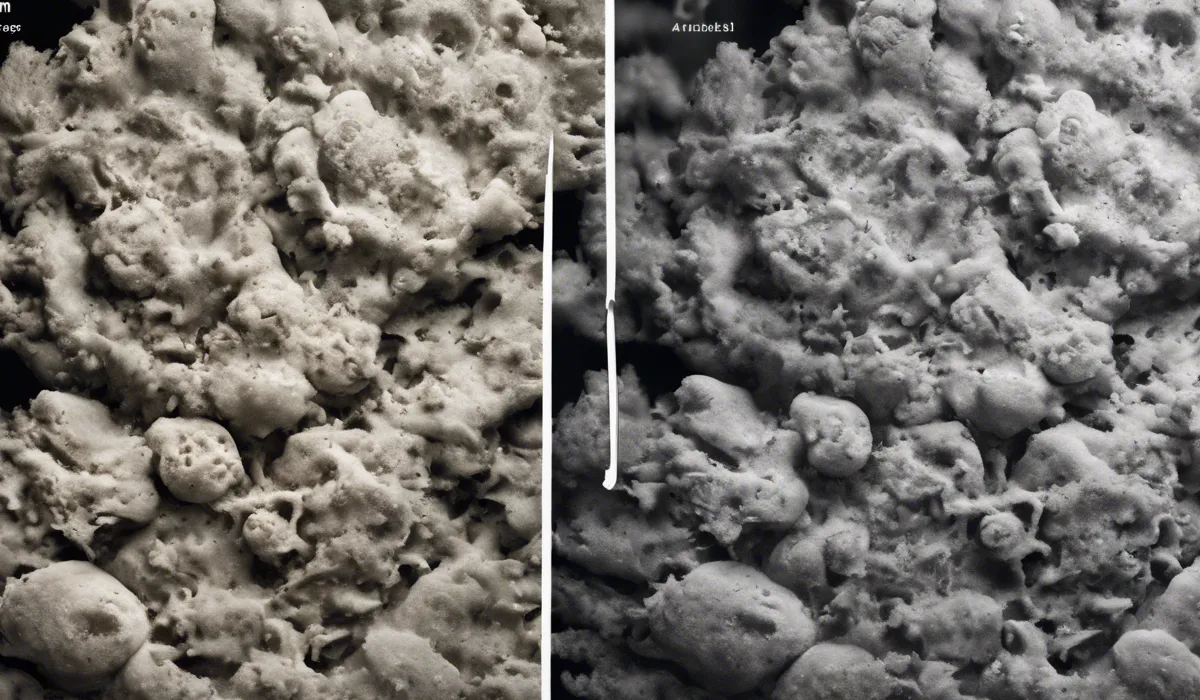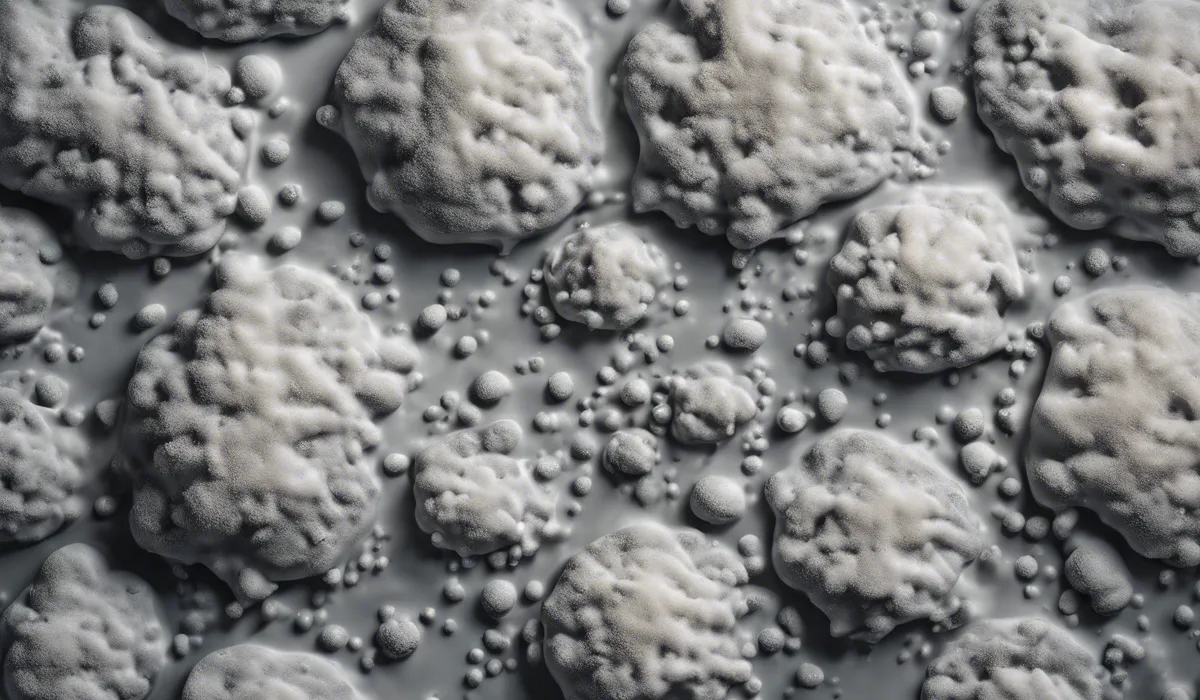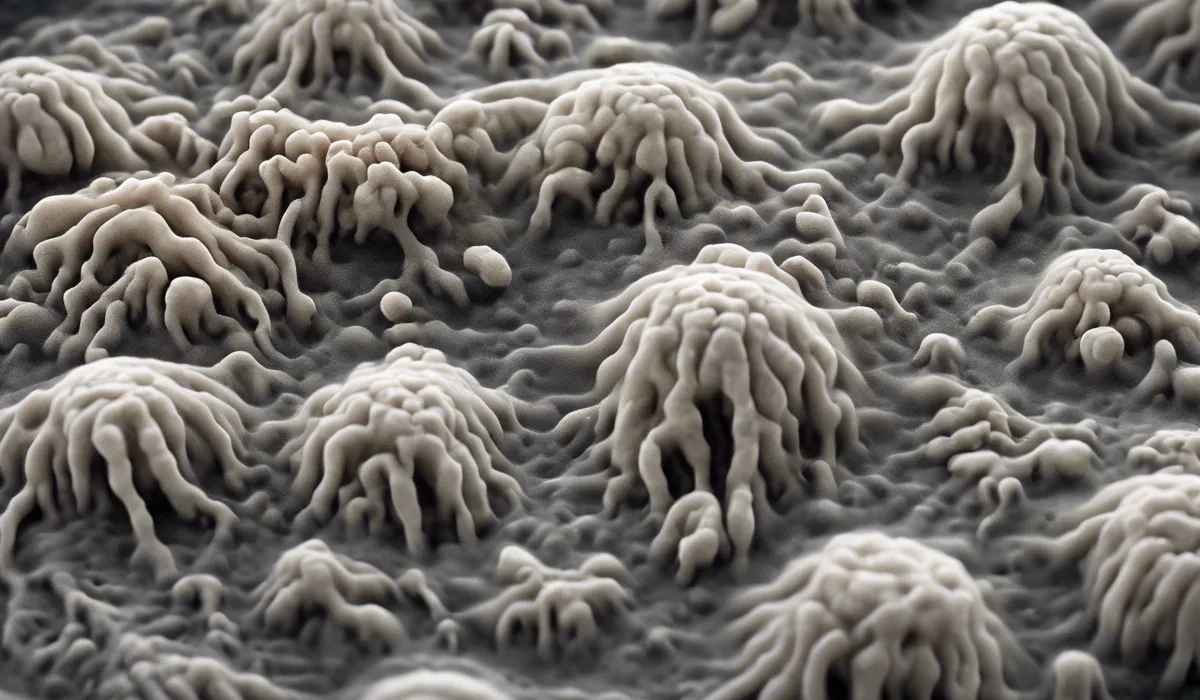Mold consumes organic materials, breaking down substances like wood, paper, carpet, food, and insulation. Through enzymatic activity, it digests complex compounds, thriving in moist environments. Mold primarily feeds on dead organic matter, contributing to natural decomposition.
Mold Basics: Understanding the Organism

What is Mold?
Mold is a type of fungus that can be found both indoors and outdoors. It is part of the natural environment and plays a vital role in the decomposition of organic matter.
Mold is made up of tiny spores that can be airborne, making it easy to spread and grow in different environments, especially those that are moist and warm.
Common Types of Mold
There are thousands of mold species, but some of the most common include Aspergillus, Cladosporium, and Stachybotrys, often known as black mold.
Each type of mold has unique characteristics and can grow on various surfaces ranging from food to drywall.
Reproduction and Spread of Mold
Mold reproduces by producing spores that can travel through the air. These spores can survive harsh conditions and will grow when they land on surfaces that have the right conditions for mold growth.
This reproductive strategy makes it hard to completely eliminate mold once it has found a suitable environment.
Methods of Mold Dispersal
Spores can be dispersed in numerous ways, including air currents, water, and on animals or humans. Once spores land on a surface, if the conditions are right, they will start to grow and spread, often unseen, inside homes or other buildings.
Dietary Habits of Mold

Mold as Nature’s Recycler
Mold serves as a decomposer, breaking down dead organic matter and returning nutrients to the soil.
It helps to break down complex substances into simpler ones that can be absorbed by plants, thus playing a crucial role in the ecosystem.
Feeding on Organic Matter
Organic materials are the primary food source for mold. This includes cellulose, which is found in abundance in wood and paper products.
Mold can also digest proteins in various foods and organic matter, lignin in plants, and fats and oils in food products. By consuming these substances, mold helps break them down over time.
Surfaces Resistant to Mold
While mold can feed on many organic materials, there are surfaces and materials that are generally resistant to mold.
For example, mold does not consume inorganic materials like plastics, glass, and metal, although it may grow on the organic matter that collects on these surfaces.
Enzymatic Breakdown of Materials
Mold uses enzymes to break down complex organic compounds into simpler substances that it can absorb.
This enzymatic activity is crucial for mold to digest materials like cellulose and lignin, which are too large for the mold to absorb without processing.
Factors Influencing Mold Growth and Nutrition

The Importance of Moisture
Moisture is perhaps the most critical factor for mold growth. Mold spores need a damp or humid environment to begin growing and reproducing. Without adequate moisture, mold cannot survive.
Optimal Temperature for Mold
Most molds prefer warm temperatures, typically between 77°F and 86°F, although some types can grow in colder or hotter conditions.
Temperature control, alongside moisture management, is an effective way to prevent mold growth.
Organic Material: Mold’s Food Source
To grow, mold requires organic material to consume. Homes and buildings often provide ample food sources for mold in the form of wood, drywall, carpet, and food scraps.
Reducing the availability of these materials can help control mold growth.
Mold in the Cycle of Nutrient Recycling
By breaking down dead organic matter, mold plays a significant role in nutrient recycling. It helps to decompose complex organic materials, which are then returned to the soil as simpler compounds that plants can use to grow, completing the cycle of life.
FAQs About What Mold Eats
What types of materials does mold typically consume?
Mold consumes a variety of organic materials including wood, paper, carpet, food, and insulation.
Is mold capable of breaking down complex compounds?
Yes, through enzymatic activity, mold digests complex compounds.
What environment is most conducive for mold growth?
Mold thrives in moist environments, which facilitate its growth and reproduction.
Does mold feed on living or dead organic matter?
Mold primarily feeds on dead organic matter, aiding in the natural process of decomposition.
How does mold contribute to the ecosystem?
Mold plays an essential role in ecosystems by breaking down dead organic materials and recycling nutrients back into the soil.
Final Thoughts
Mold plays a crucial role in the ecosystem by consuming and breaking down dead organic materials.
Utilizing enzymes, it efficiently digests complex substances found in wood, paper, carpets, food, and insulation, particularly thriving in moist conditions. This process is essential for natural decomposition and nutrient cycling in the environment.
